If you’ve ever tried to eat more for energy or muscle without feeling like you’re just constantly full or force-feeding yourself, welcome. The 2500 calorie meal plan hits that sweet spot: enough food to keep you energized and satisfied, without veering into “I need a nap after lunch” territory. Whether you’re training regularly, trying to maintain your weight, or just want a more structured way to nourish your body, this plan is designed to be doable, not punishing. It’s not a bodybuilder’s bulk or a shredded chicken-and-broccoli situation. It’s just good, balanced food, spread throughout the day so you’re never running on empty.
And that’s where a tool like ReciMe really comes in handy. When you’re eating more throughout the day, it’s not just about the food itself, it’s about having a system that makes planning and grocery shopping less of a hassle. With our app, you can save recipes from anywhere (yes, even that TikTok pasta or Pinterest’s stew), and turn them into grocery lists in just a few taps. We’ve even made it easy to sort your shopping list by supermarket aisle, so your weekly shop becomes quicker and less chaotic. Whether you’re following a 2500 calorie plan or just trying to eat with more intention, we’re here to help you stay consistent – without overcomplicating things.

Download for free from the App Store on iPhone and iPad

ReciMe Android App
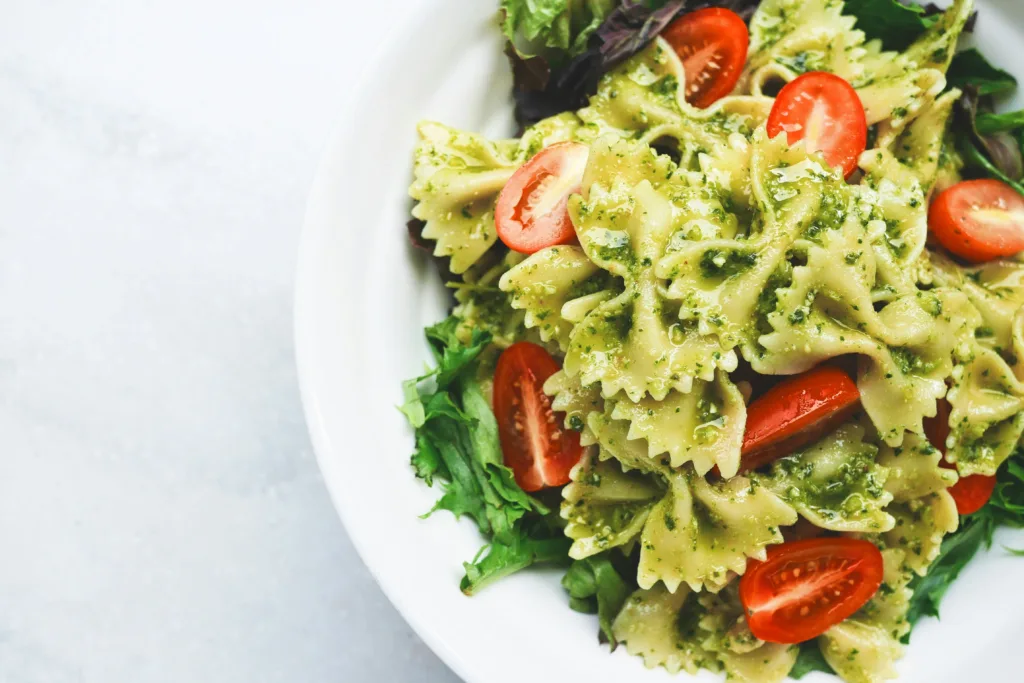
Why 2500 Calories?
Before we jump into what this looks like on a plate, let’s clear up why someone would eat 2500 calories in the first place. This calorie level isn’t some magic number. It’s simply a solid baseline for active people who want to maintain their weight or build muscle without going overboard. If you’re:
- Working out 4 to 6 days a week
- Walking a lot or doing physically demanding work
- Recovering from weight loss or illness
- Trying to gain lean muscle without fat gain
- Tired of constantly feeling hungry or low energy
Then 2500 calories might be your sweet spot. It gives your body enough fuel to perform, recover, and stay sharp – without tipping into food coma territory.
The Not-So-Secret Formula: Macros That Work
You can eat 2500 calories in junk and feel like trash. Or you can eat 2500 calories in balanced meals and feel like you could lift a car. The difference? Macros.
Here’s a solid macro split for a 2500-calorie plan focused on energy and muscle support:
- Protein: 170 to 230 grams (roughly 30-35% of calories)
- Carbs: 220 to 300 grams (35-45% of calories)
- Fats: 80 to 95 grams (25-30% of calories)
This setup keeps energy levels stable, supports muscle recovery, and helps avoid the common “I’m eating a lot but still losing strength” issue.
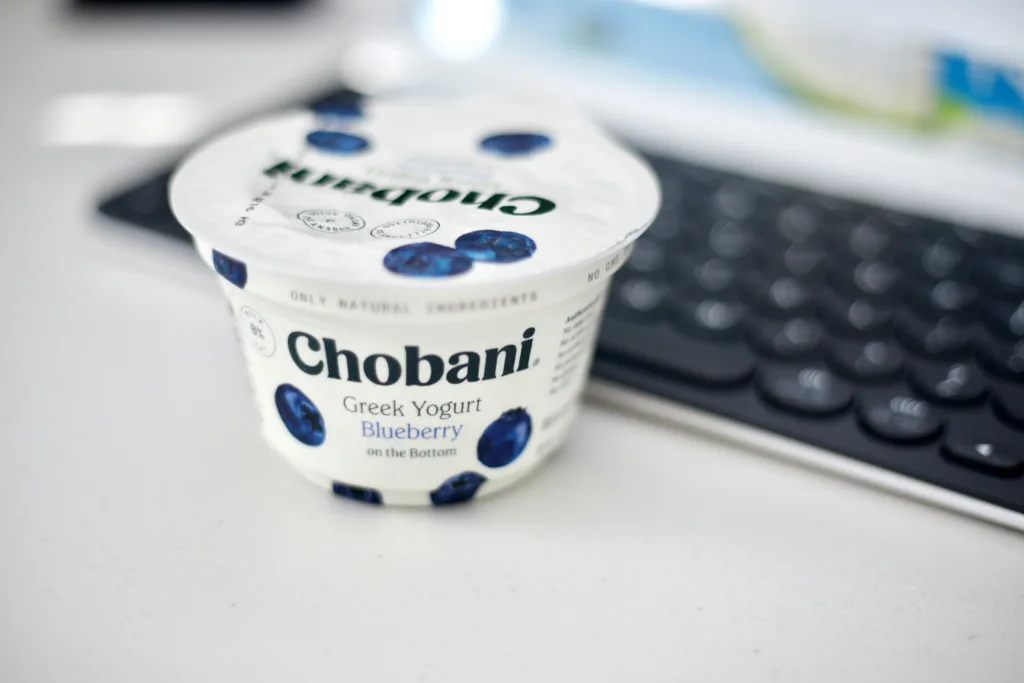
What Kind of Food Actually Makes This Work?
You don’t need obscure powders, gallons of egg whites, or extreme planning. Here’s what you do need: a solid mix of nutrient-dense foods that check the boxes on taste, ease, and fuel.
Go-to Protein Sources:
- Chicken breast, turkey, lean beef
- Tuna, salmon, flounder
- Greek yogurt, cottage cheese, eggs
- Tofu, tempeh, edamame
- Protein powders (for convenience, not dependency)
Complex Carbs That Keep You Full:
- Brown rice, quinoa, whole wheat pasta
- Oats, buckwheat, barley
- Sweet potatoes, regular potatoes
- Beans, lentils, chickpeas
- Fruits like bananas, apples, and berries
Healthy Fats to Round It Out:
- Avocados
- Nuts and seeds (almonds, sunflower, chia, flax)
- Olive oil
- Fatty fish like salmon
- Nut butters
That’s your toolbox. You don’t need to use all of it every day, but having a handful of options in each category makes meal planning way easier.
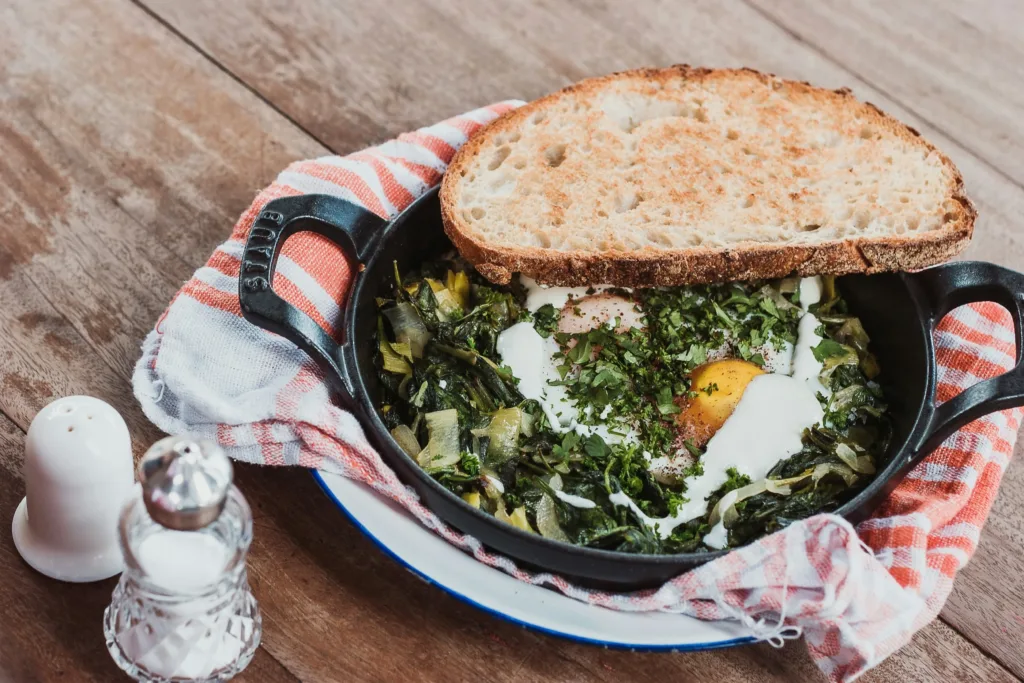
7-Day 2500 Calorie Meal Plan That’s Actually Sustainable
If you’re aiming for consistency without the overwhelm, having a full week of meals mapped out can make all the difference. Below is a 7-day 2500 calorie meal plan built around real ingredients, realistic prep, and enough variety to keep things interesting. You’ll find balanced meals and smart snacks that fuel your body without requiring hours in the kitchen.
Day 1
Breakfast (≈600 cal)
Scrambled Eggs on Toast with Banana
- 3 eggs scrambled in 1 tsp olive oil
- 1 slice whole grain toast with 1 tbsp almond butter
- 1 banana
- Black coffee or tea
Morning Snack (≈250 cal)
- ¾ cup plain Greek yogurt
- 1 tsp honey
- ½ cup mixed berries
- 10 walnut halves
Lunch (≈700 cal)
Grilled Chicken Wrap & Roasted Sweet Potatoes
- 1 large whole wheat wrap
- 4 oz grilled chicken breast
- 2 tbsp hummus, spinach, tomato slices
- 1 cup roasted sweet potatoes (olive oil + spices)
- 1 small apple
Afternoon Snack (≈300 cal)
Mango Protein Smoothie & Rice Cakes
- 1 scoop whey protein
- 1 cup unsweetened almond milk
- ½ cup frozen mango
- 2 rice cakes with 1 tbsp peanut butter
Dinner (≈650 cal)
Salmon, Rice & Roasted Broccoli
- 5 oz baked salmon
- ¾ cup cooked brown rice
- 1 cup roasted broccoli with olive oil drizzle
Optional Evening Snack (≈150 cal)
- ½ cup cottage cheese
- A few pineapple chunks
Day 2
Breakfast (≈590 cal)
Protein Oatmeal Bowl
- ½ cup rolled oats cooked in 1 cup milk
- 1 scoop protein powder stirred in
- 1 tbsp chia seeds
- ½ banana, sliced
- Sprinkle of cinnamon
Morning Snack (≈260 cal)
- Hard-boiled egg
- Whole grain toast with avocado mash (½ avocado + lemon)
Lunch (≈710 cal)
Turkey Avocado Sandwich & Carrots
- 2 slices whole grain bread
- 3 oz turkey breast
- 2 slices cheddar cheese
- Tomato, lettuce
- ¼ avocado spread
- 1 cup baby carrots
- 1 tbsp hummus
Afternoon Snack (≈290 cal)
Greek Yogurt Parfait
- ¾ cup plain Greek yogurt
- 1 tbsp almond butter
- ½ cup strawberries
- 1 tbsp granola
Dinner (≈650 cal)
Beef Stir-Fry Bowl
- 4 oz lean beef strips
- 1 cup mixed stir-fry veggies (broccoli, bell pepper, snap peas)
- 1 cup cooked jasmine rice
- 1 tsp sesame oil
- Soy sauce, garlic, ginger
Optional Evening Snack (≈100 cal)
- 1 small pear
Day 3
Breakfast (≈600 cal)
Veggie Omelet & Toast
- 3 eggs, onions, spinach, tomatoes
- 1 slice toast with 1 tsp butter
- 1 orange
Morning Snack (≈250 cal)
- 1 protein bar (~20g protein)
Lunch (≈680 cal)
Quinoa Chickpea Salad
- ½ cup cooked quinoa
- ½ cup canned chickpeas
- Cherry tomatoes, cucumbers, parsley
- 1 tbsp feta cheese
- Olive oil + lemon dressing
- 1 hard-boiled egg on the side
Afternoon Snack (≈300 cal)
- Protein shake (1 scoop whey + 1 cup milk)
- 1 tbsp peanut butter on rice cake
Dinner (≈670 cal)
Teriyaki Chicken Bowl
- 4 oz grilled chicken
- 1 cup brown rice
- ½ cup edamame
- 1 cup steamed broccoli
- 1 tbsp teriyaki sauce
Optional Evening Snack (≈100 cal)
- Small bowl of air-popped popcorn
Day 4
Breakfast (≈610 cal)
Smoothie Bowl
- 1 cup frozen berries
- 1 banana
- ¾ cup Greek yogurt
- 1 tbsp peanut butter
- Topped with 1 tbsp sunflower seeds and ¼ cup granola
Morning Snack (≈230 cal)
- 1 boiled egg
- 10 almonds
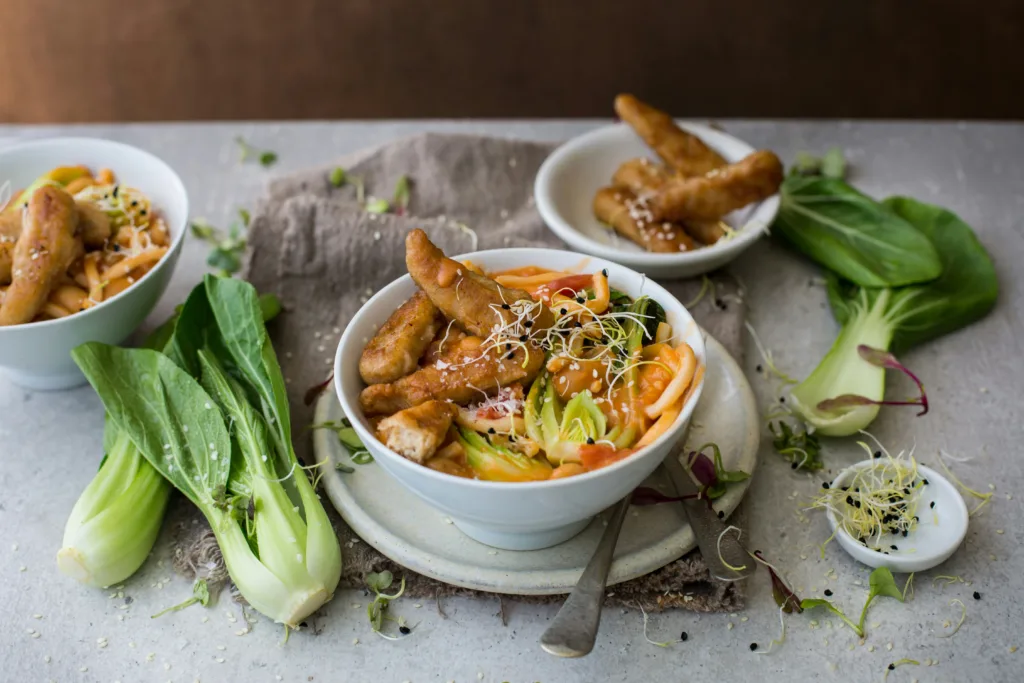
Lunch (≈700 cal)
Grilled Tofu Bowl
- 4 oz grilled tofu
- 1 cup cooked rice
- Sautéed kale and mushrooms in garlic
- Soy sauce and sesame seeds
Afternoon Snack (≈300 cal)
- Hummus and veggie sticks
- 1 slice whole grain bread
Dinner (≈650 cal)
Turkey Meatballs with Pasta
- 3 homemade turkey meatballs
- 1 cup cooked whole wheat spaghetti
- Marinara sauce
- Side salad with olive oil
Optional Evening Snack (≈100 cal)
- 1 clementine or mandarin
Day 5
Breakfast (≈580 cal)
Protein Pancakes
- ½ cup oats
- 1 banana
- 2 eggs
- Cinnamon
- Topped with 1 tbsp almond butter and a few berries
Morning Snack (≈260 cal)
- Cottage cheese (½ cup) with a peach
Lunch (≈720 cal)
Seared Tuna Bowl
- 5 oz seared tuna
- 1 cup cooked rice
- Shredded carrots, avocado, and sesame oil
- Soy sauce drizzle
Afternoon Snack (≈300 cal)
- Smoothie with 1 scoop protein, 1 cup almond milk, frozen berries
- 5 cashews
Dinner (≈640 cal)
Veggie & Chicken Sheet Pan Dinner
- 4 oz roasted chicken
- Roasted bell peppers, zucchini, and potatoes
- Olive oil and herbs
Optional Evening Snack (≈100 cal)
- 1 square dark chocolate
Day 6
Breakfast (≈600 cal)
Greek Yogurt Bowl
- ¾ cup yogurt
- ½ cup granola
- ½ banana
- 1 tbsp pumpkin seeds
Morning Snack (≈250 cal)
- 1 slice whole grain toast with peanut butter
Lunch (≈690 cal)
Lentil & Veggie Soup + Bread
- 1.5 cups homemade lentil soup
- 1 slice toasted sourdough
- Side of mixed greens
Afternoon Snack (≈300 cal)
- Protein bar or shake
- Handful of grapes
Dinner (≈660 cal)
Stuffed Bell Peppers
- Ground turkey, rice, onions, tomato sauce
- Roasted in bell peppers
- Topped with shredded cheese
Optional Evening Snack (≈100 cal)
- 1 boiled egg
Day 7
Breakfast (≈580 cal)
Avocado Toast + Egg
- 1 slice whole grain toast with ½ avocado
- 2 poached eggs
- ½ grapefruit
Morning Snack (≈250 cal)
- Small smoothie with protein powder, almond milk, and banana
Lunch (≈700 cal)
Black Bean Burrito Bowl
- ½ cup black beans
- 1 cup brown rice
- Corn, bell peppers, lettuce
- Salsa, avocado, lime juice
Afternoon Snack (≈300 cal)
- 2 rice cakes with almond butter
- 1 string cheese
Dinner (≈660 cal)
Grilled Shrimp + Couscous
- 5 oz shrimp
- ¾ cup cooked couscous
- Roasted asparagus with olive oil
Optional Evening Snack (≈120 cal)
- Cottage cheese with cinnamon
No need to hit every meal perfectly. This plan is here to guide you, not box you in. Swap what doesn’t work, double up on what you love, and adjust portions to match your hunger and energy needs. The goal isn’t perfection. It’s feeling fueled, satisfied, and like your meals are working with you, not against you.
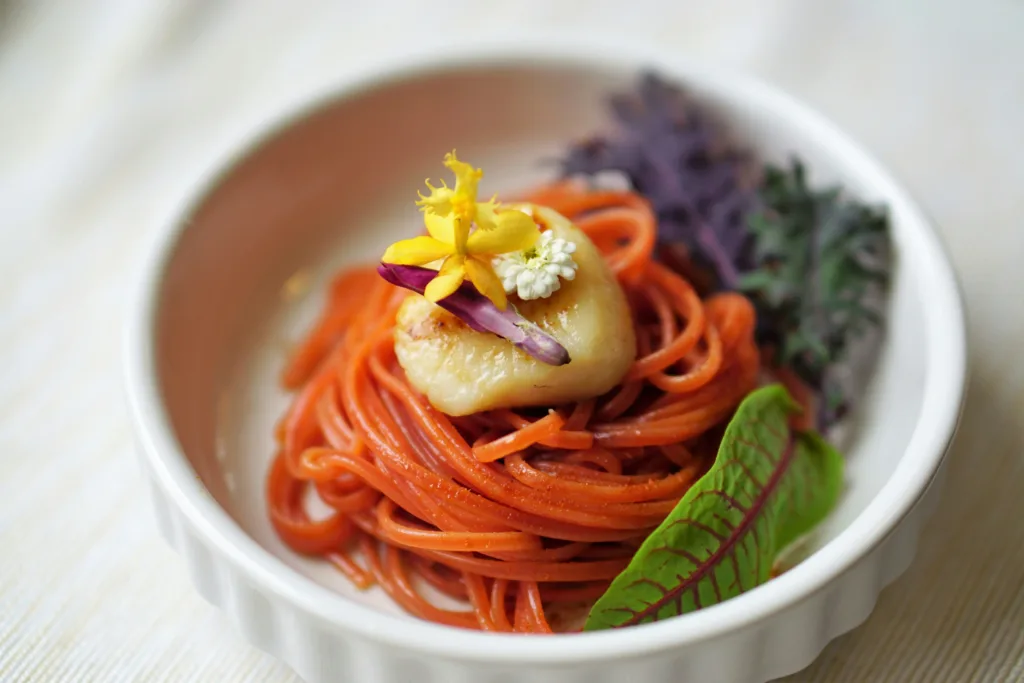
Common Mistakes to Avoid (Because We’ve Been There)
- Eating 2500 calories of “whatever”: If it’s mostly sugar, processed fats, and minimal protein, expect energy crashes and no muscle growth.
- Trying to hit it all in 3 meals: Split your calories throughout the day. Five smaller meals are easier to digest, more energizing, and more enjoyable.
- Getting bored and falling off: Rotate proteins, switch up grains, and don’t eat the same smoothie every single morning unless you love it.
- Underestimating snack calories: Two protein bars plus a latte can sneak in 600+ calories fast. Be mindful, not obsessive.
Quick Tips to Keep It Real
Meal planning doesn’t need to be an all-or-nothing situation. If you’re juggling work, workouts, errands, and just life, here are a few simple tricks to help you stick to your 2500 calorie plan without losing your mind.
- Pre-chop your veggies once and forget about it: Seriously, chopping onions at 7 a.m. before breakfast? No thanks. Spend 30 minutes on Sunday washing, chopping, and storing your go-to veggies (think peppers, carrots, broccoli, cucumbers). Throw them into meals all week with zero extra effort. Bonus: you’ll be way more likely to actually eat them.
- Keep protein powder and frozen fruit on standby:These are your emergency meal MVPs. Toss a scoop of protein and a handful of frozen berries into almond milk and boom, instant breakfast or post-workout fuel. It’s fast, satisfying, and saves you from reaching for random snacks when you’re short on time.
- Double up on dinner, it’s future you’s lunch: If you’re already cooking, make an extra portion. Grilled chicken? Make two breasts instead of one. Roasting veggies? Fill the tray. Leftovers are the easiest lunch ever, and they usually taste even better the next day.
- Forget perfect. Just be consistent: One takeout meal isn’t going to ruin your progress. Neither is a skipped snack or a second helping of pasta. What matters more is what you do most of the time, not the occasional pizza night. Eat well, move your body, enjoy your food. Keep it steady and sustainable.
Final Thoughts
The goal here isn’t to obsess over numbers. It’s to give your body what it needs to do the things you care about – training hard, working long hours, showing up for your people, sleeping well, feeling sharp. A 2500 calorie meal plan isn’t some “eat clean or else” rulebook. It’s a framework that supports your actual life.
You don’t need to meal prep like a robot or track every bite forever. Start with the basics, listen to your body, and tweak as needed. Food should fuel your life, not take over it.
If you’re looking for meal plan inspiration, grocery list help, or just a smarter way to organize your recipes without 42 bookmarks and random screenshots, tools like ReciMe can take the hassle out of the whole process. Make it easy. Make it yours. And most importantly, make it something you’ll actually want to keep doing.
Frequently Asked Questions
How do I know if 2500 calories is right for me?
It depends on your activity level, body size, goals, and metabolism. If you’re moderately to highly active, 2500 calories can be a great target for maintaining your weight or building lean muscle. If you’re unsure, try using a TDEE (Total Daily Energy Expenditure) calculator or talk to a registered dietitian to find your ideal range.
Can I lose weight on a 2500 calorie diet?
Yes, if your body burns more than 2500 calories in a day, you’ll still be in a calorie deficit. This is more common for people with very active lifestyles or physically demanding jobs. If you’re more sedentary, you may need fewer calories to lose weight.
What if I go a little over or under 2500 calories some days?
No big deal. Eating habits work best when they’re flexible. One day slightly above or below won’t make or break your progress. It’s the overall weekly average and consistency that matter more than being exact every single day.
Do I need to count every single calorie?
Not necessarily. Some people like tracking for accuracy, especially in the beginning, but it’s not required. You can also follow portion sizes and structure your meals similarly each day to stay close to your target without tracking obsessively.
How should I split my meals throughout the day?
There’s no one-size-fits-all rule, but we suggest five meals a day: three main meals and two snacks. It keeps your energy steady and makes it easier to eat enough without feeling stuffed. That said, listen to your hunger cues and adjust meal timing as needed.
What if I’m not hungry enough for 2500 calories?
Try increasing calorie density – use more healthy fats like nut butters, olive oil, avocado, and full-fat dairy. Smoothies, snack balls, and high-protein yogurts are easy ways to sneak in more nutrition without eating huge volumes of food.
